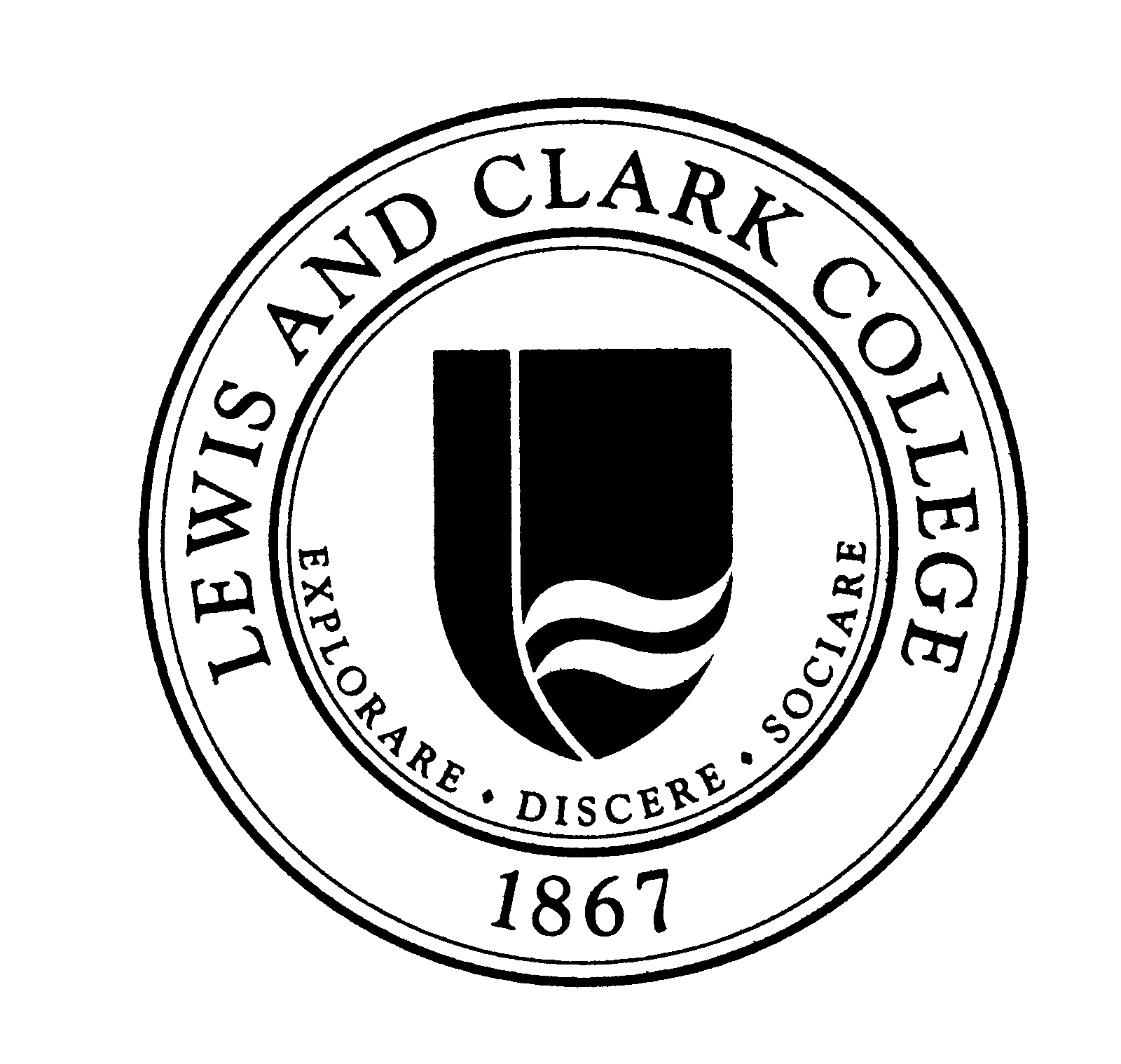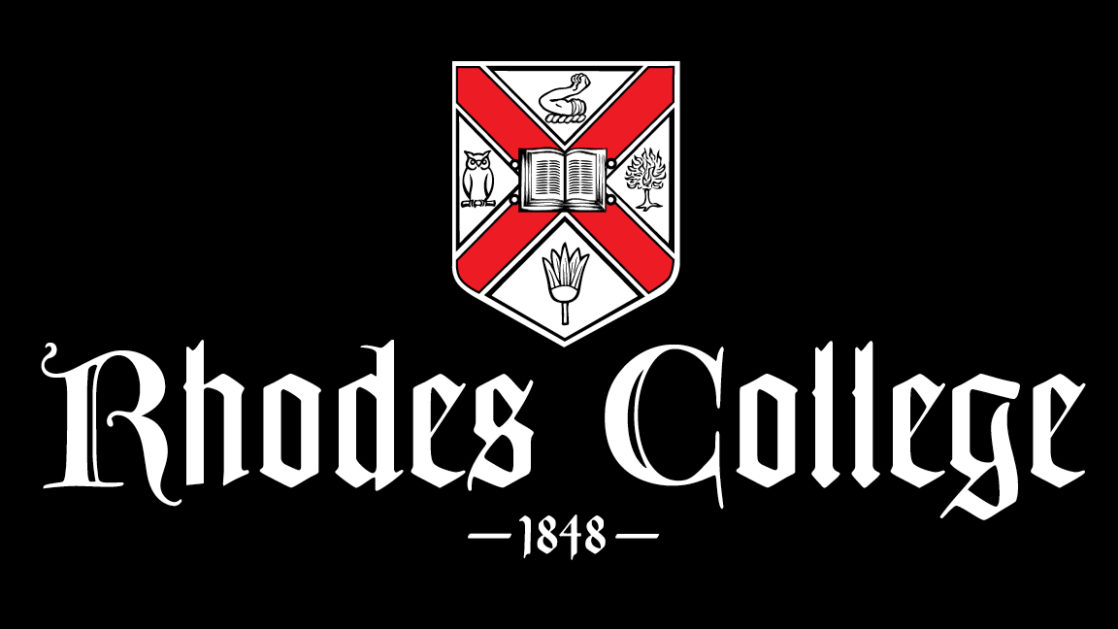Find your degree
By Jennifer W. Eisenberg
Ah, Spring. Muse of the poets and beloved season of those who don’t suffer from allergies. Spring on a college campus is a special time. Everyone finally sheds the chrysalis of their winter coats and steps outside to enjoy the weather and endlessly harangue teachers for the chance to have class on the quad. The campuses selected below have a reputation for natural beauty that is showcased in this, the delicate season. We have tried to showcase each campus’ particular take on idyllic splendor, many are rural or suburban set, but a few manage to be an oasis of greenspace and classic architecture in a major metropolitan area. We have not ranked these schools, but rather selected a wide range of schools that consistently show up on lists of beautiful campuses from all over the country, lest you think that we believe spring is something that only happens on the East Coast and not in, say, Malibu.
to showcase each campus’ particular take on idyllic splendor, many are rural or suburban set, but a few manage to be an oasis of greenspace and classic architecture in a major metropolitan area. We have not ranked these schools, but rather selected a wide range of schools that consistently show up on lists of beautiful campuses from all over the country, lest you think that we believe spring is something that only happens on the East Coast and not in, say, Malibu.































